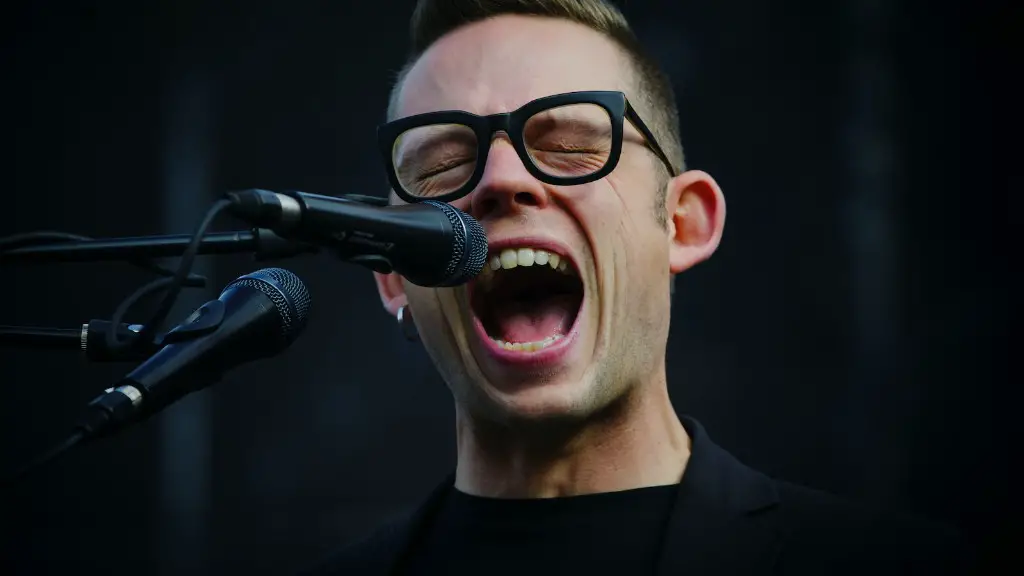Have you ever seen a panda and thought, “Wow! I’d love to learn how to draw one of these amazing animals!” Well, you’re in the right place. Drawing a realistic panda isn’t complicated but it will take some practice and patience to get it right. Here are my top tips to get you started on your panda-drawing journey.
First and foremost, you’ll want to invest in some good quality art supplies. Get your hands on some graphite pencils, a kneaded eraser, and a few different kinds of paper. Next, it’s time to do some research. Take some time to look at pictures of real pandas and familiarize yourself with the way their fur looks and moves. You’ll also want to learn the anatomy of a panda so you can accurately draw the body structure.
Once you’re ready to begin drawing, start with the basic shapes. With your pencil, sketch out the basic shape of the animal. Focus on the big shapes first, then move on to the details. You may even want to draw the shape of each individual fur swirls. Once you feel like the shape is complete, you can start to shade. When shading, make sure to focus on the detail and the dimension of the panda. Don’t be afraid to add more shading until you reach the level of realism you want.
Now it’s time to really bring your panda to life. After you’ve completed the structure of the body and the fur, you’ll want to add details like the eyes and the nose. Give your panda individual features and don’t be afraid to be creative. Use your graphite pencil to make the eyes look like realistic animal eyes and use the eraser to create the shape of the nose.
Next, you’ll want to add finishing touches like whiskers and a background. With your pencil, add in subtle lines to represent whiskers and any other details you want. Don’t forget to add a background as well. You can either draw a backdrop of bamboo or simply add a hint of color that complements your panda.
Finally, when you’re all done, step back and admire your work! Now you know how to draw realistic pandas and can use these same techniques on any other animal you want to draw. Keep practicing and soon enough you’ll be creating amazing pieces of art in no time.
Now that you’ve got the basics down, it’s time to start thinking about the little details. Start by looking for references online or in books. Look for photographs of pandas that you can use as a reference. Pay attention to details like the fur pattern, the shape of the head, the size and shape of the eyes and the way the animals move. And when you start sketching, use light strokes so that you can go back and make changes if needed.
Once you’ve established the basic shape and features of your panda, it’s time to start adding those extra details. With your pencil, sketch out the fur swirls, whiskers, and any knicks and items that make your panda look realistic. Keep light strokes and make sure not to draw any details too heavily. You want to be able to erase any mistakes if need be.
Now comes the fun part: shading. Start with the darkest part of the panda going all the way down to the lightest part of the fur. Focus on the texture and dimension of the fur and the details. Don’t be afraid to add more details if you think it looks better. You can even use a blending stump or a blending tortillon to make your panda’s fur look soft and fluffy.
Finally, you’ll want to add any final details to make your panda look as realistic as possible. Look for references online for the final details, like eyelashes and whiskers. And don’t forget to add a background that compliments your panda. You can either draw a backdrop of bamboo or use a hint of color.
If you follow these steps and keep practicing, you’ll soon be creating realistic pandas in no time. Don’t forget to share your creations and be proud of your work! And, most importantly, have fun while you learn. That’s the best way to make sure you stay motivated and keep on drawing.
